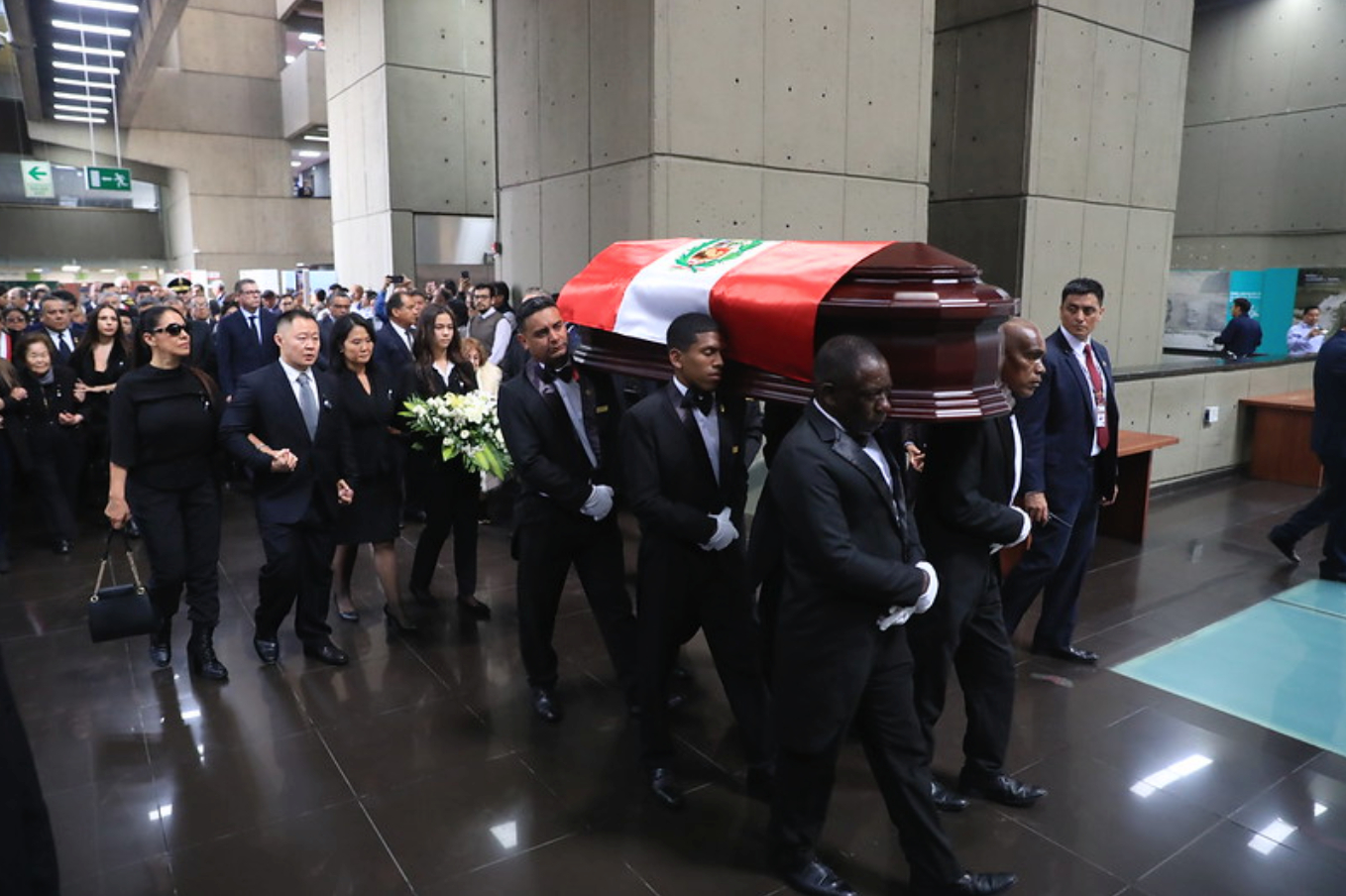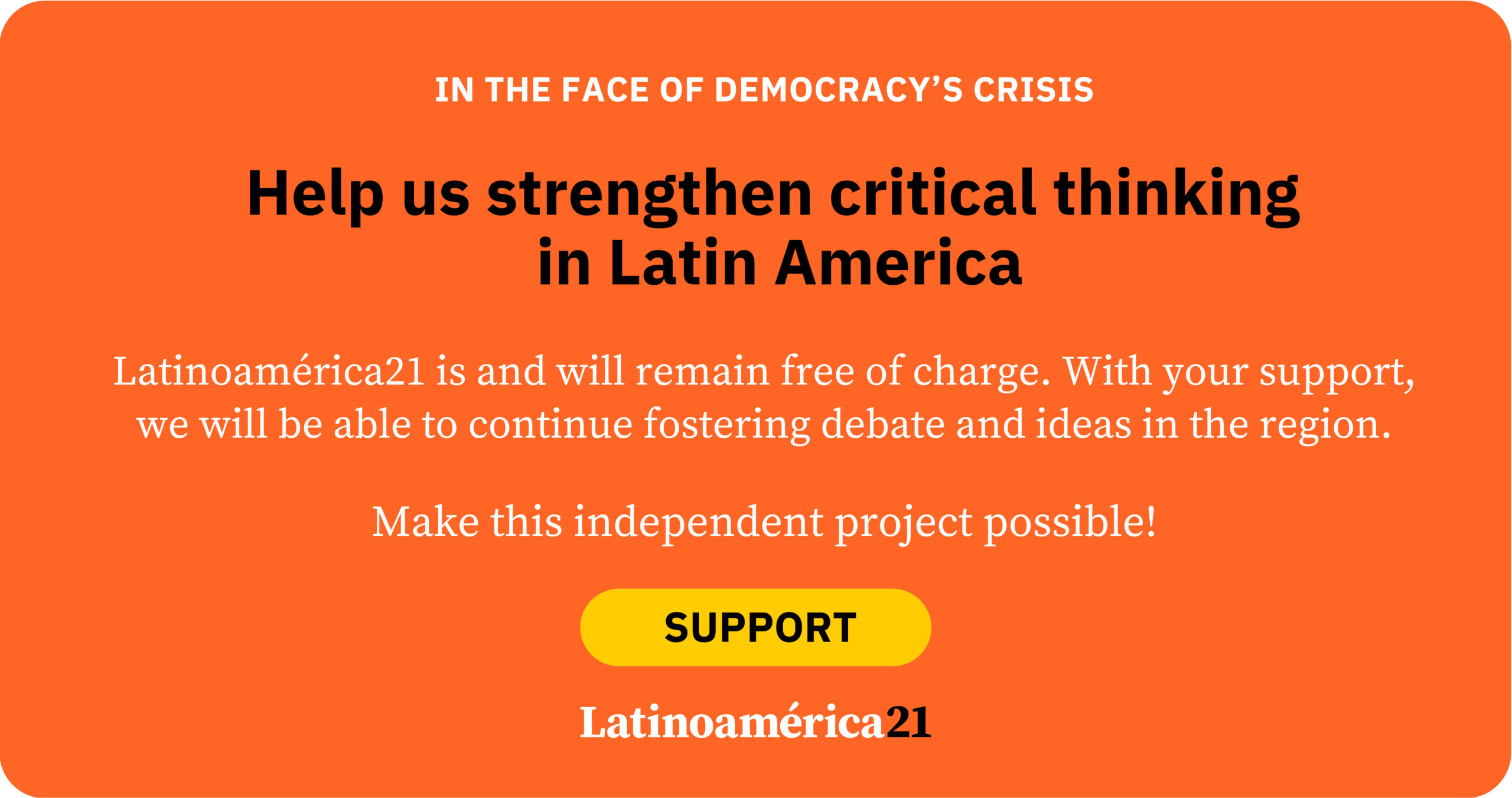The endless debates over the success of Alberto Fujimori’s economic and anti-terrorism measures will not cease, even though his life has come to an end. His presence in Peruvian politics, since that unexpected rise to power on July 28, 1990, has marked the Andean country, dividing it socially and electorally between Fujimorists and anti-Fujimorists.
Beyond the perceptions and passions surrounding his figure and the humanitarian pardon that recently allowed him to leave prison, the fact remains that he was convicted of corruption, arms trafficking, embezzlement and serious human rights violations, including the massacres at Barrios Altos and La Cantuta.
For these last cases, in 2009, the Special Criminal Chamber of the Supreme Court found him guilty as a “mediate perpetrator,” a designation given to those who, while not directly committing the crime, use intermediaries with full knowledge and control of the means to carry out the acts.
The charges included aggravated homicide, serious injuries and aggravated kidnapping. During the trial, it was also determined that he was responsible for the kidnapping of journalist Gustavo Gorriti and businessman Samuel Dyer. Both were detained in the dungeons of the Intelligence Service.
Following the ruling, Fujimori was sentenced to 25 years in prison. It was the first time in Latin American history that a former president was tried and sentenced in his own country for crimes against humanity, violating international criminal law.
The Inter-American Court of Human Rights (IACHR) classified the Barrios Altos case as a grave human rights violation and the La Cantuta case as a crime against humanity.
Massacres ordered by Fujimori
The massacres were carried out by members of the Colina Group, an intelligence unit and death squad led by army major Santiago Martín Rivas. Under Fujimori’s control and orders, the group eliminated civilians suspected of being terrorists during the counterinsurgency war against groups like Shining Path (Sendero Luminoso) and the MRTA (Túpac Amaru Revolutionary Movement).
The first incident, on November 3, 1991, involved the murder of 15 people in a house in the Barrios Altos area of central Lima, near the Government Palace. These individuals were attending a “pollada”, which is a typical Peruvian fundraising event where food is sold for a cause and were attacked by masked, armed individuals who stormed the house. After ordering them to lie on the floor, they shot them without hesitation.
One of the victims was an 8-year-old child. Along with the dead, four others were seriously injured. The gunmen were members of the Colina Group, who mistakenly believed the gathering was a secret meeting of Shining Path members.
The second incident took place on July 18, 1992, three months after Fujimori’s self-coup, when he dissolved Congress and took control of all public institutions to stay in power. On that day, nine students and one professor from the National University of Education Enrique Guzmán y Valle, also known as La Cantuta, were kidnapped at dawn and subsequently disappeared, again by members of the Colina Group.
The remains of two of them were found covered in lime in clandestine graves in the Santa Rosa Hill in the district of Lurigancho-Chosica. The body of teacher Hugo Muñoz Sánchez was burned, making identification difficult. After a public complaint from then-congressman Henry Pease, the bodies were exhumed, incinerated and moved to new clandestine graves in the district of Cieneguilla, far from the city. The remains of five victims are still missing.
Truth and reconciliation commission findings
According to the final report of the Truth and Reconciliation Commission, created in July 2021 during the transitional government of Valentín Paniagua to investigate crimes and human rights violations that occurred between May 1980 and November 2000 by the state and terrorist groups, these types of attacks were a systematic and widespread practice of arbitrary executions and forced disappearances as part of the counterinsurgency strategy.
Fujimori was the mastermind behind these bloody assaults, according to national and international justice. Following his death on September 11 at the age of 86, the current government arranged to honor him, following official protocol for the funeral of a former president.
History will ultimately judge his place in time.













